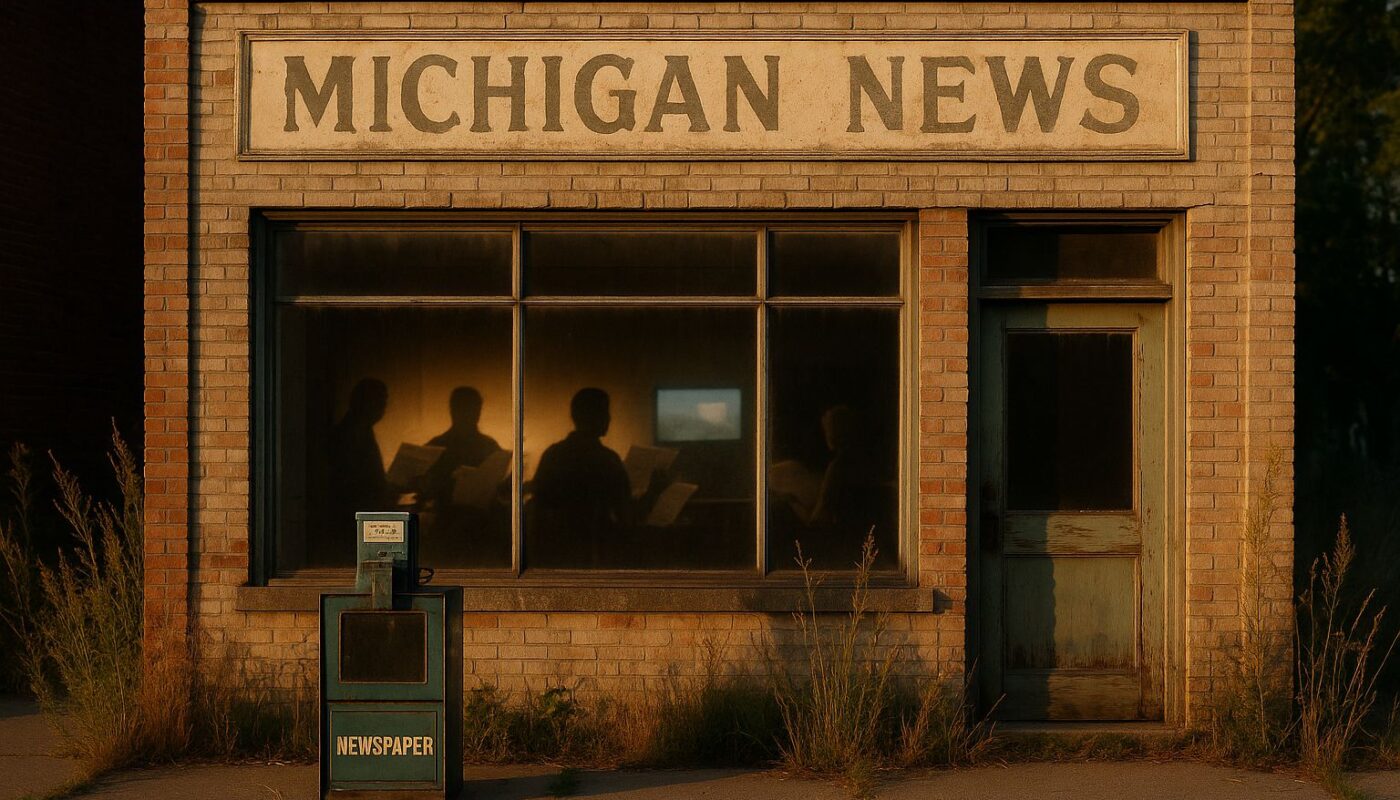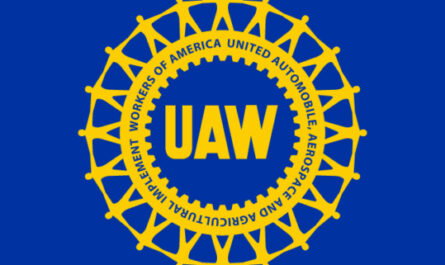Michigan leaders unite to confront the local news crisis endangering civic awareness statewide.
Summit highlights Michigan’s local news crisis and response
DETROIT — Addressing a local news crisis that has left 41 of Michigan’s 83 counties with just one or no local news outlet, over a dozen public officials, media leaders, and scholars will convene on July?22 at the Detroit Athletic Club. Organized by the Local Media Association and its partners, including Northwestern’s Medill School, MSU, Detroit PBS, and others, the summit aims to confront a precipitous decline: Michigan has lost 40 percent of its newspapers since 2005.
“This moment demands a united front,” said Tanisha Leonard, president of Pitch Black and LMA Foundation chair. “We launched this to raise awareness and equip leaders… We hope that what we build in Michigan can be replicated in other states.” The event will be livestreamed by Detroit PBS and rebroadcast industry-wide on July?23.
Why Michigan faces a deepening local news crisis: alarming statistics and local impact
Local news erosion in Michigan follows national trends.?Northwestern’s Medill initiative finds 1,561 U.S. counties have only one outlet, and 206 have none. Michigan-specific data show a 40 percent decline in newspapers since 2005, resulting in approximately 202 outlets remaining from an initial 280. A Crain’s report adds that nearly 25 percent of Michigan’s newspapers have halted publication, and 58 percent of journalism jobs have disappeared in 15 years.
Experts warn that the absence of trusted local coverage erodes civic engagement and oversight. The 2018 UNC study links news deserts to lower voter turnout, fewer competitive local races, and rising crime and corruption.
Experts weigh in: national research and Michigan public media perspectives
Penny Abernathy, visiting professor at Northwestern and authority on news deserts, warns the disappearance of local outlets “makes it harder for local newspapers to effectively cover their communities,” citing risks to civic awareness. Similarly, a recent Axios media analysis found over half of U.S. counties now rely on one or no local news outlet — a pattern mirrored in Michigan.
The summit features Chuck?Todd, former “Meet the Press” moderator, and Rich Homberg, Detroit PBS CEO. Homberg underscores the crisis: “The decline of local journalism is leaving communities everywhere in the dark,” pledging the summit will foreground scalable solutions.
Local public media may offer partial remedies. A study by Harvard’s Shorenstein Center notes that underfunded public radio could fill some coverage gaps—provided their newsrooms expand and invest in digital transformation.
What summit will aim to build: collaborative remedies and funding models
The Detroit dialogue will explore several themes:
- Collaborative solutions, bringing together media companies, universities, funders and nonprofit news outlets.
- Public media expansion, leveraging Detroit?PBS and Michigan Public to bolster coverage in underserved areas.
- Philanthropic support, with insights from Knight Foundation directors Duc Luu and LaTrice McClendon, who are underwriting the summit’s livestream.
- Academic perspectives, with commentary from Tim Franklin (Medill) and Tim Vos (MSU), both focused on sustainable journalism training.
Michigan specifics: connecting the summit to local audiences and state reach
For Michigan audiences, the stakes are clear. Audio-visual reporting by Detroit?PBS can reach tens of thousands, but inland and rural counties risk permanent news deserts. The Flint Journal, which reduced print frequency in 2009, is now the only regularly published newspaper in Genesee County. Meanwhile, northern Michigan outlets like the Manistee News Advocate and Benzie Record Patriot report subscriber growth, but these successes are exceptions in a statewide decline.
Nationwide parallel: Michigan reflects a broader, deepening crisis
Data from Northwestern’s 2023–24 “State of Local News” report confirms the trend: national newspaper closures continue accelerating, and new online outlets lag in replacing lost coverage. Media analysts warn Michigan’s situation is representative, ensuring the summit’s lessons could be replicated elsewhere.
Summit as an urgent first step toward a press revival
The July?22 summit marks a milestone but represents only a first step. Solutions—from public media expansion and nonprofit news models to digital innovation and philanthropic investment—will take time and coordination. As Michigan confronts its local news crisis, the summit’s outcomes may chart a path forward for both state and national recovery.
Related reads:
- “With local journalism ‘in crisis,’ Michigan newsrooms get creative…”?Crain’s (Jan?2024)
- “Michigan’s shrinking local news industry,” Axios (Dec?4,?2023)
- “The Loss of Local News: What It Means for Communities,”?UNC Institute
Read More Interesting Feature Stories From ThumbWind
- Michigan Feature News Stories?- Unveiling the diverse and vibrant people, captivating places, and remarkable events that come together to make the Great Lake State unique.
- Strange Political News?- A sarcastic take on official news from around the U.S., exploring the absurdities that often arise in the political landscape while providing a humorous perspective on current events and highlighting the quirks of politicians and policies.
- Michigan Hometown News?- News and events from Michigan’s Upper Thumb region worth knowing, including local stories, impactful interviews, and updates on community happenings that shape the culture and lifestyle of the area.
Your Turn – Like This, or Hate it – We Want To Hear From You
Please offer an insightful and thoughtful comment. We review each response. Follow us to have other feature stories fill up your email box, or check us out at ThumbWind News




